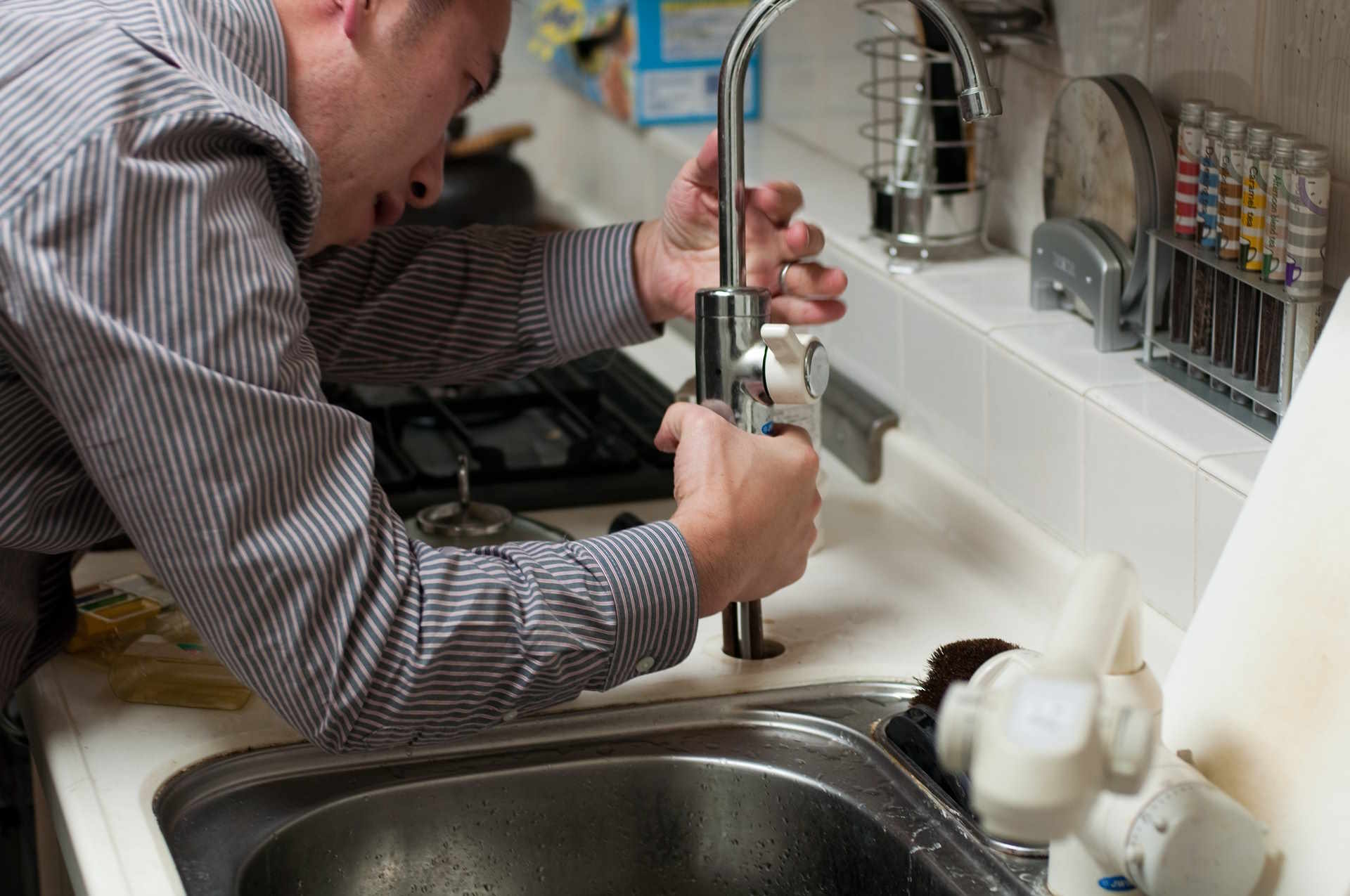General Repair for Home: Roof, Foundation, Kitchen, and More
General repair covers a wide range of tasks that keep a house functioning, safe, and comfortable. From small fixes like a leaky faucet to larger interventions such as roof patching or foundation stabilization, timely repairs prevent minor issues from becoming major expenses. This article outlines common repair priorities, how to spot trouble early, what typical repairs involve, and how to balance do-it-yourself work with professional help to protect the value and safety of your home.
House: What repairs should you prioritize?
Prioritizing repairs starts with safety and structural integrity. Issues that affect electrical systems, gas lines, major plumbing, or load-bearing elements of the house should be addressed first. Secondary priorities include weatherproofing (windows, doors, siding) and systems that affect comfort and energy use, such as HVAC. Keep a running checklist and inspect problem areas seasonally so you can schedule repairs before they escalate. Small cosmetic issues are lower priority but addressing them early helps prevent more extensive future work.
Home: When is a DIY fix appropriate?
DIY repairs are sensible for small, low-risk tasks: replacing a faucet washer, patching drywall, changing door hardware, or clearing minor clogs. Choose projects you can complete with available tools, time, and clear instructions. Avoid DIY when the task involves structural changes, electrical or gas systems, complex roofing, or anything that could create safety hazards. When in doubt, consult a qualified local services professional in your area for an assessment; an inspection can save money by avoiding unsuccessful DIY attempts.
Roof: How to recognize and respond to damage
The roof protects the entire home, so signs of damage demand timely attention. Look for missing or curled shingles, persistent leaks, water stains on ceilings, or excessive granules in gutters. After storms check the roof perimeter and attic for light leaks or damp insulation. Small repairs like replacing a few shingles or sealing flashings can sometimes be handled by experienced homeowners, but large-scale damage, sagging, or multiple leaks generally require a roofing contractor. Regular inspections extend roof life and reduce the chance of interior water damage.
Foundation: What early signs indicate trouble?
Foundation issues can progress slowly, so recognize early indicators: new interior cracks in walls or floors, doors and windows that stick or no longer latch squarely, uneven floors, or exterior cracks in the foundation itself. Sometimes moisture buildup in basements or crawlspaces hints at drainage problems that affect the foundation. Small hairline cracks are common, but widening or shifting cracks and visible settling need prompt evaluation by a structural or foundation specialist. Early intervention often involves correcting drainage, underpinning isolated areas, or repairing masonry before more extensive measures are required.
Kitchen: Repairs that impact daily life
The kitchen is a high-use space; appliance failures, plumbing leaks, and damaged cabinets can disrupt daily routines. Common kitchen repairs include faucet and sink replacement, garbage disposal service, appliance troubleshooting, tile or countertop repairs, and cabinet hinge replacement. Because the kitchen often combines plumbing, electrical, and gas appliances, coordinate repairs carefully to maintain safety and code compliance. Routine upkeep—such as checking for slow drains, replacing worn sealants around sinks, and keeping vents clean—reduces the chance of urgent repairs.
This section lists reputable national and regional service types you might consider when you need professional help. If you’re seeking local services, look for licensed plumbers, electricians, roofing contractors, foundation specialists, and general repair contractors. Verify credentials, ask for references, confirm insurance and bonding, and request written estimates before work begins. Local trade organizations and consumer review resources can help narrow choices. Many professionals also offer seasonal maintenance visits that catch repairs early and reduce long-term costs.
Conclusion
Effective general repair combines regular inspection, prioritized action, and sensible decisions about repairs you can tackle yourself versus those that require professionals. Focusing first on safety and structural issues—electrical, plumbing, roof, and foundation—protects the house and reduces future expenses. For living spaces like the kitchen, timely fixes preserve usability and comfort. Keep records of repairs and inspections; a proactive approach preserves the condition and value of your home and helps make repair decisions clearer and more cost-effective over time.







